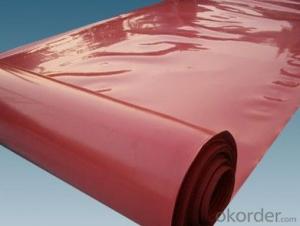

Among oCFOCs fabricated from each respective resin type and various oCF contents, oCFOCs with PP and 45 wt.% oCF content with three aging days exhibited the highest flexural and impact strength even the interfacial shear strength was about 70% higher than that of the as-prepared composite with neat PP. For oCFOCs with PP, hydrogen bonds that formed between the resin and existing silane layer of oCF were also considered to contribute to the enhanced mechanical properties in addition to the improved impregnation of the resin into the oCF tow. The flexural and impact strengths of the composites fabricated from each respective resin type and oCF content, ranging from 35 to 70 wt.%, were increased under the aging treatment up to the aging time of three days, mainly due to improved resin impregnation these results show that the mechanical properties of the oCFOCs could be increased by the aging treatment with suitable hot and humid conditions. The results show that the oCFOCs with PP or LDPE could be fabricated with stable moldability while the oCFOCs with HDPE could not. Then, the feasibility of fabricating outdated-waste-CF-reinforced olefin composites (oCFOCs) with PP file covers, HDPE vinyl bags, or LDPE zipper vinyl bags was examined by testing their molding characteristics together with mechanical properties and aging stabilities under specific aging conditions (120 ☌, 95% humidity, and a pressure of 0.8 MPa). In this study, first, as a way of evaluating the mechanical properties of oCF, i.e., the reinforcing material, the tensile strengths of single-fiber neat CF and oCF were compared. Our results demonstrate that durable recycled composites can be manufactured using oCF and PP. In particular, PP and 45 wt.% oCF content were the most effective conditions for improving the oCFOCs’ mechanical properties, in addition to endowing the oCFOCs with good moldability and dimensional stability. For the oCFOC with PP, the hydrogen bond between PP and developed C-O groups due to the aging treatment and the existing silane layer of oCF is considered to assist cohesion between the resin and oCF. The flexural and impact strengths of the oCFOCs from each respective resin type and oCF content, ranging from 35 to 70 wt.%, were increased by the aging treatment (120 ☌ and 95% humidity under a pressure of 0.8 MPa) until an aging time of three days, due to improved resin impregnation.


Outdated-waste-carbon-fiber-reinforced olefin composites (oCFOCs) were fabricated with easily disposable polyolefin resins, polypropylene (PP), high-density polyethylene (HDPE), and low-density polyethylene (LDPE), by compressive molding using a hot press.


 0 kommentar(er)
0 kommentar(er)
